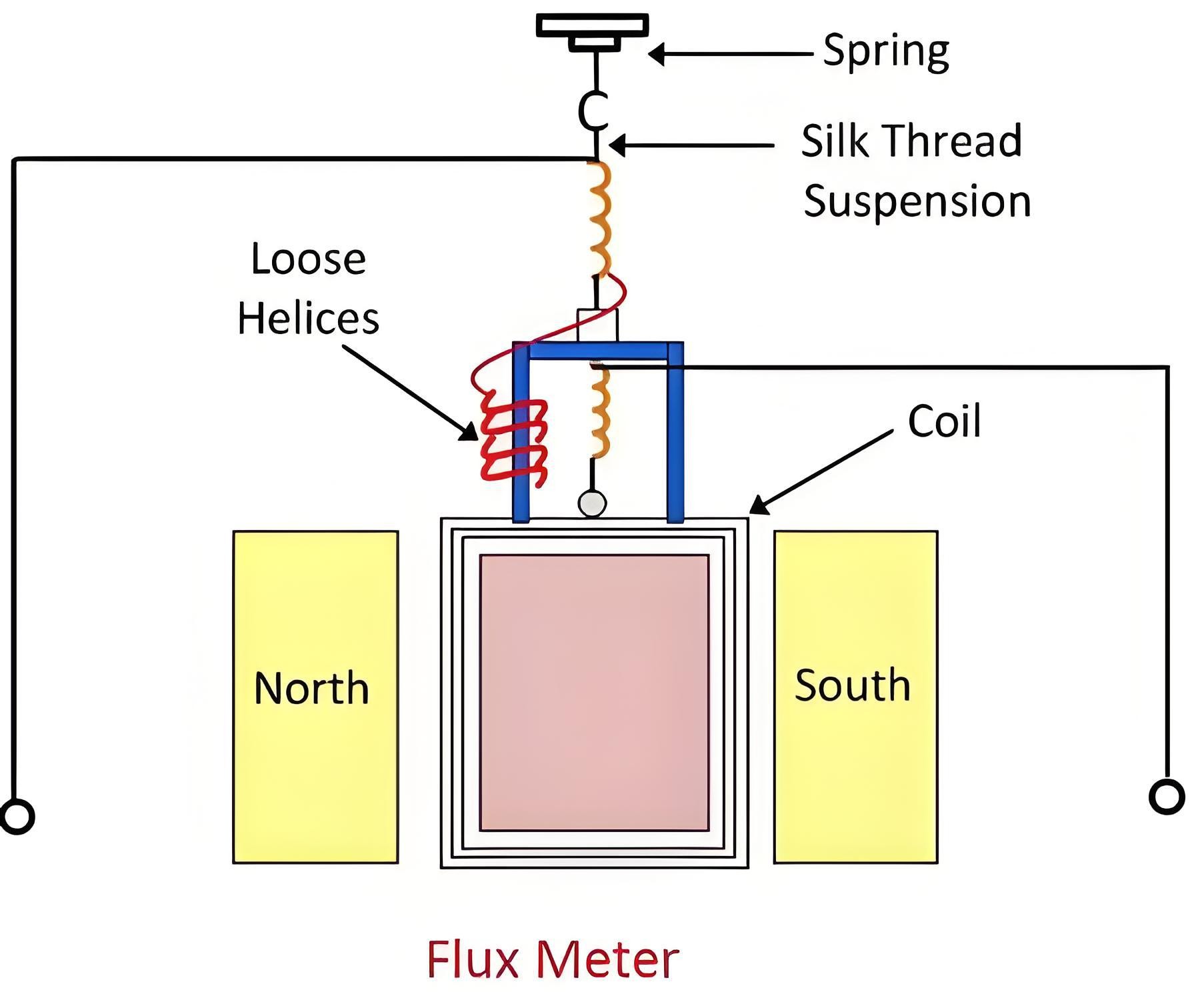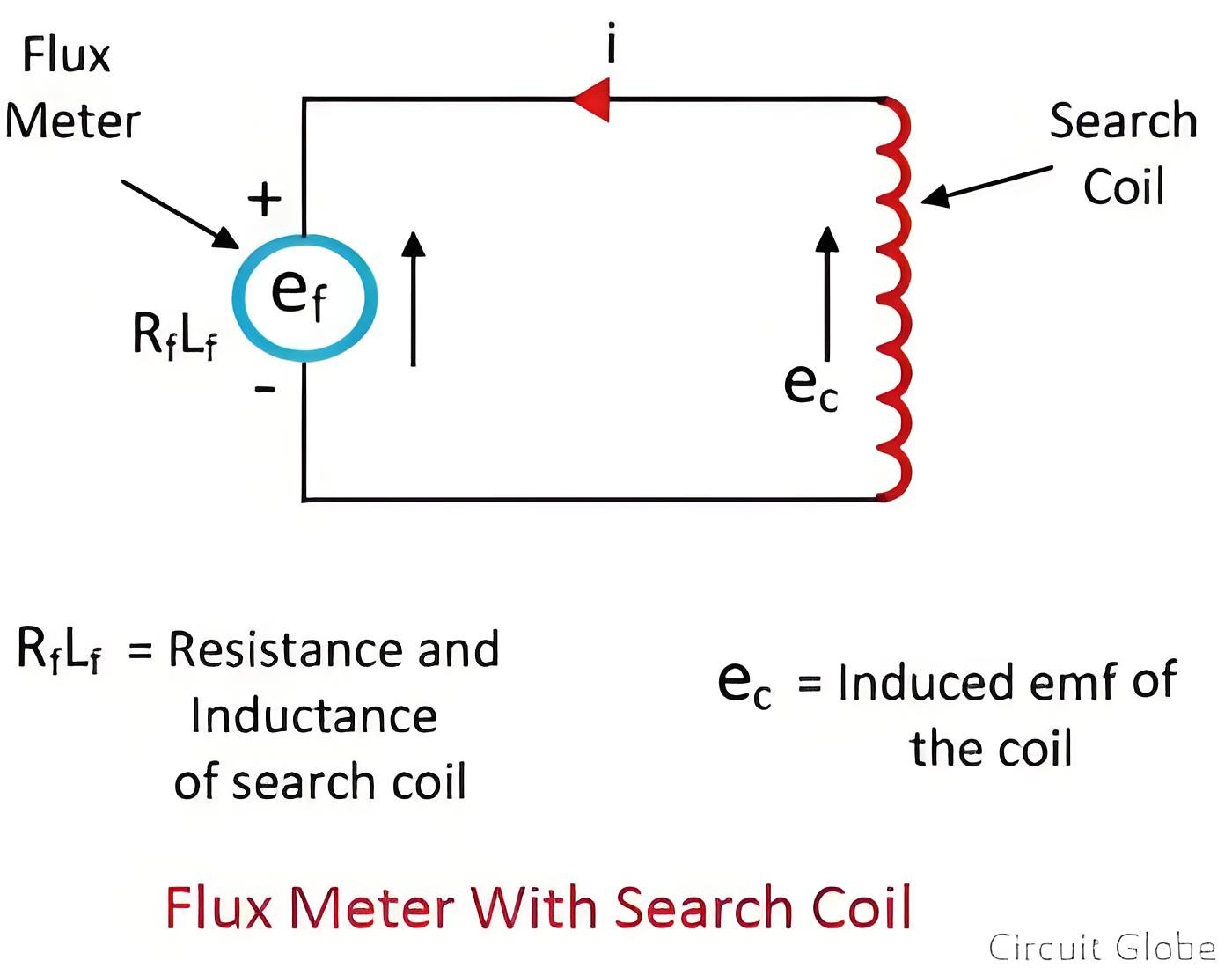What is Fluxmeter?
What is Fluxmeter?
Definition
A flux meter is an instrument designed to measure the magnetic flux of a permanent magnet. It represents an advanced iteration of the ballistic galvanometer, boasting certain advantages. Specifically, the flux meter features low controlling torque and significant electromagnetic damping.
Construction of Flux Meter
The construction of the flux meter is depicted in the figure below. The flux meter incorporates a coil that is freely suspended using a spring and a single silk thread. This coil is able to move freely within the magnetic field created by the poles of the permanent magnet.

The current is introduced into the coil via helices. These helices are extremely thin and crafted from annealed silver strips. This design reduces the controlling torque to a minimal value. Additionally, the air friction damping of the coil is so slight that it can be considered negligible.
Operation of Flux Meter
As illustrated in the figure below, the terminals of the fluxmeter are connected across the search coil. The magnetic flux linked with the coil can be altered either by withdrawing the coil from the magnetic field or by reversing the magnetic field of the magnet. This change in flux induces an electromotive force (emf) in the coil. The induced emf, in turn, generates a current in the search coil, which then flows through the fluxmeter. Due to this current, the pointer of the fluxmeter deflects, and the extent of this deflection is directly proportional to the change in the value of the magnetic flux linkages.

As the variation in flux linkages decreases, the coil ceases to move due to its high electromagnetic damping. This high electromagnetic damping results from the low - resistance circuit formed between the fluxmeter and the search coil.
Advantages of Fluxmeter
The fluxmeter offers several advantages:
It is portable, making it convenient for use in different locations.
Its scale is calibrated in Weber - meters, providing a direct and standard unit of measurement for magnetic flux.
The deflection of the coil is independent of the time taken for the flux to change. This characteristic allows for more consistent and reliable measurements regardless of the rate at which the magnetic field varies.
Disadvantages
The primary drawback of the fluxmeter is its relatively lower sensitivity and accuracy when compared to some other types of flux - measuring instruments.
The Electricity Encyclopedia is dedicated to accelerating the dissemination and application of electricity knowledge and adding impetus to the development and innovation of the electricity industry.













